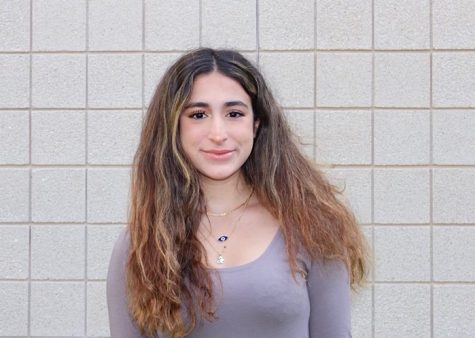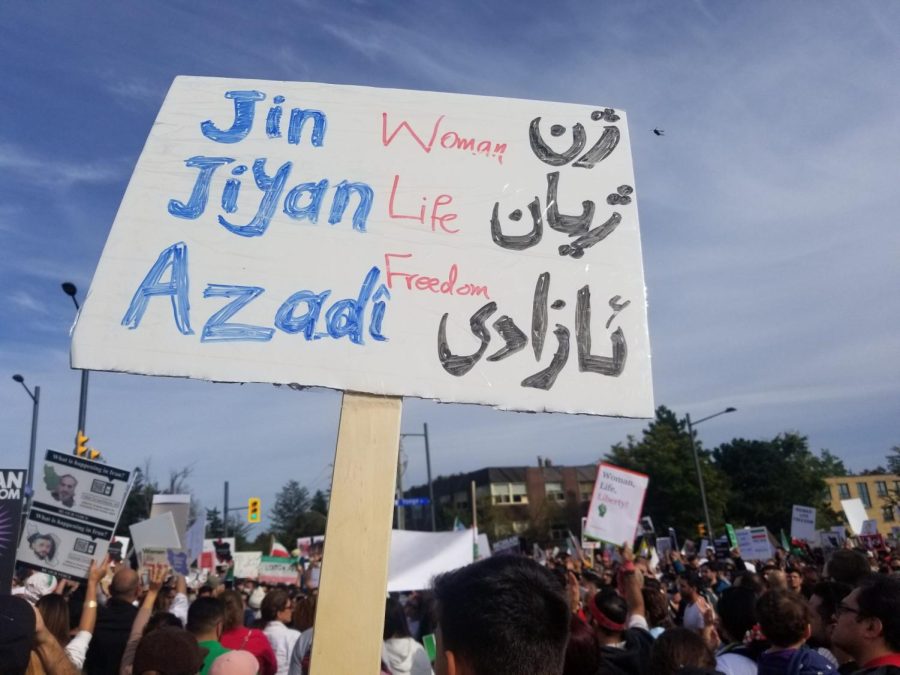The Era of ‘Woman, Life, Liberty’
In just a month, the Iranian government has killed at least 23 children during protests that have sparked across Iran. These protests followed the death of 22-year-old Mahsa Amini, who died in custody after being arrested for wearing the hijab “improperly”. So what is a hijab, and how did it cause the uproar that has sparked protests and attention worldwide?
You might ask yourself, how does a country deem an “island of stability in one of the most troubled areas in the world” by former President Jimmy Carter in 1977 turn into an island of instability and unrest?
It started in 1979 when the Iranian monarchy was deemed unfit by Iranian residents, and for almost two years, political unrest and uproar plagued the nation of Iran. The Shah, during his farewell, told Prime Minister Shapour Bakhtiar that he was giving “Iran into [his] care, [his] and God’s.” But although his legitimacy remained in the eyes of many, his authority was in a serious decline due to his ties with the “corrupt” Shah. In 1980, Iran’s people elected their first president under an Islamic name: Abolhassan Bani Sadr. Quickly after his inauguration as President, the Iraq-Iran war erupted, which left Iran in a state of war for almost a decade. Throughout this volatile time, Islamic/Sharia laws (initially created in the year 900) were held as civil law, with only slight adaptation for modern times.
What is a hijab? Is it mandatory in Sharia law? There is no easy answer to these two questions. Hijab, translated to ‘covering’, is known as a head covering worn in public by Muslim women (who choose to wear it). Mandated hijabs are a frequent topic of debate for women in Islam, but many people believe that women around the world deserve to have a choice on whether to wear a hijab. In some countries, like Saudi Arabia, the hijab is not mandatory, despite Saudi Arabia following Sharia law.
On Tuesday, September 13, 2022, Mahsa Amini was arrested by Iran’s ‘Guidance Patrol’ in Iran’s capital, Tehran. The Guidance Patrol or the ‘morality police’ is established as a law enforcement agency to arrest those who are not following the ‘Islamic dress code’. Despite Amini’s family insisting that she had no prior health problems, Iranian law enforcement claimed that she fell into a coma while in custody due to a heart attack.
She passed away on September 16th, 2022. During her funeral, protests erupted, and on the 18th, thousands of protesters rallied against the injustice.
Women were protesting simply not with just their words but by taking off their hijabs, which goes against Iran’s law. On September 21st, Iranian authorities cut down access to popular social media platforms: Instagram and Whatsapp. The infamous ‘Woman, Life, Liberty’ chant was widespread through protests in Iran and abroad.
Crowds chanting this same chant have been televised from Philadelphia, New York, Washington D.C., Los Angeles, Berlin, and Paris throughout this past month.
In contrast, protests worldwide have been ongoing for the past year regarding laws against women’s freedom in wearing any head covering in European countries. In July of 2021, the European Union Court allowed employers to have the right to ban ‘visual symbols of religious or political belief, such as headscarves’ in addition to other legislation restricting the freedom of women’s clothes within particular countries.
The global movement of women’s liberty that started because of Amini has sparked recognition and awareness globally for women’s rights, whether to choose to wear a head covering or not. So begins the “Woman, Life, Liberty” era for women worldwide.

Belsem is a senior who is extremely excited about bringing a new type of media to the Banner for its second year. Belsem cannot wait to guide Banner writers...


